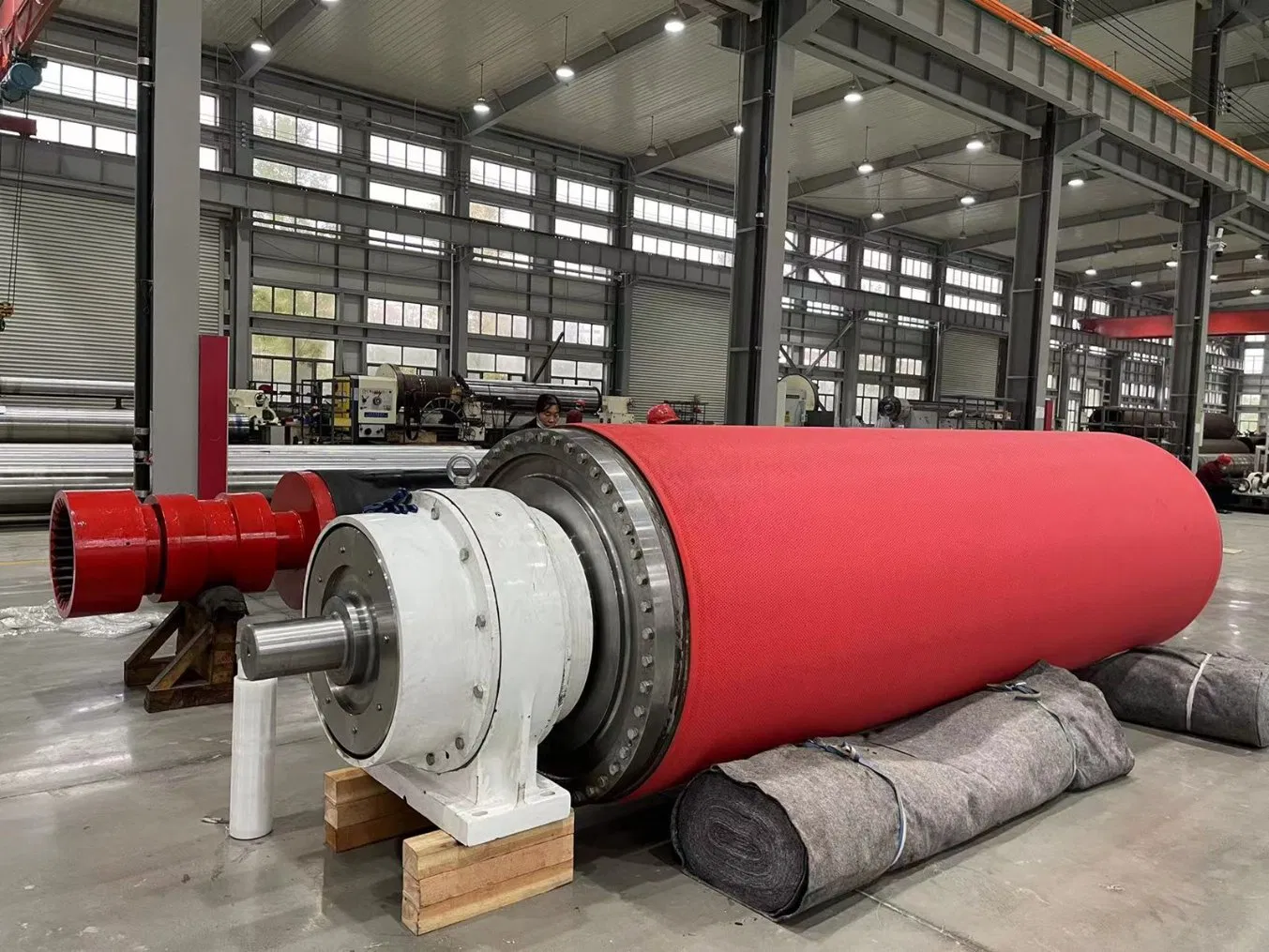
Paper production is a complex process, a delicate dance between various interconnected factors. Among these, roll speed stands out as a critical determinant of overall paper machine efficiency. Achieving the optimal speed is a balancing act, affecting everything from production output and paper quality to energy consumption and maintenance costs.
The Relationship Between Speed and Output
It seems intuitive: higher roll speed equals higher production output. And while this is generally true, simply cranking up the speed isn't the answer. The relationship between roll speed and paper machine efficiency isn't linear. Beyond a certain point, increasing speed can lead to a decrease in efficiency due to issues like web breaks, sheet defects, and increased energy consumption. So, what's the sweet spot?
Quality Control at Different Speeds
Paper quality is paramount. Roll speed significantly impacts key quality parameters like fiber orientation, formation, and thickness uniformity. At lower speeds, there’s more time for the fibers to align and bond, often resulting in a stronger, more uniform sheet. Higher speeds can lead to inconsistencies, requiring more stringent quality control measures. How do you balance speed and quality effectively?
Web Tension: A Critical Factor
Web tension, the force applied to the paper web as it moves through the machine, is directly influenced by roll speed. Incorrect tension can lead to web breaks, wrinkles, and other defects, significantly impacting paper machine efficiency. Maintaining optimal web tension across varying speeds is crucial for consistent, high-quality production.
The Role of Roll Speed in Energy Consumption
While increased roll speed can boost production, it also consumes more energy. The relationship between speed and energy consumption is complex, involving factors like friction, air resistance, and the energy required to drive the rolls themselves. Optimizing roll speed is essential for minimizing energy costs and enhancing overall sustainability. Think about it: is maximizing speed always the most cost-effective approach?
Predictive Maintenance and Roll Speed Optimization
Modern paper mills are increasingly leveraging predictive maintenance strategies to maximize uptime and minimize disruptions. By analyzing data related to roll speed, vibration, temperature, and other parameters, potential issues can be identified and addressed before they lead to costly downtime. This proactive approach helps maintain optimal roll speed and ensures consistent paper machine efficiency.
Optimizing Roll Speed: Practical Strategies
So, how do you actually optimize roll speed for your specific paper machine? It involves a multifaceted approach that considers the specific characteristics of your machine, the type of paper being produced, and your overall production goals. This includes regular machine audits, data analysis, and operator training. Investing in advanced process control systems can also significantly improve roll speed optimization.
The Importance of Operator Training
Experienced operators play a critical role in maintaining paper machine efficiency. They understand the nuances of their machines and can recognize subtle changes that may indicate a need for adjustments. Comprehensive training on the impact of roll speed, web tension, and other critical factors is essential for maximizing efficiency and minimizing downtime.
Paper Machine Speed and its impact on Downtime
Excessive roll speed, coupled with inadequate controls, can increase the likelihood of web breaks and other issues leading to costly downtime. Effective roll speed management is crucial for minimizing these disruptions and maintaining a smooth production process. Paper machine speed optimization should be viewed as a continuous improvement process, constantly striving for the optimal balance between speed, quality, and efficiency.
The Future of Roll Speed Optimization in Paper Manufacturing
As technology continues to advance, we can expect even more sophisticated tools and techniques for optimizing roll speed. Artificial intelligence and machine learning are already playing a role in predictive maintenance and process optimization, further refining our understanding of the complex interplay of factors that influence paper machine efficiency. The future promises greater precision, reduced downtime, and enhanced sustainability in paper production.
Have you considered how fluctuations in roll speed are impacting your bottom line? What steps are you taking to optimize your paper machine’s performance?
By implementing the strategies outlined above, paper mills can significantly enhance their overall efficiency, reduce costs, and produce higher-quality products. Take the time to analyze your current processes and identify areas for improvement. Remember, optimizing roll speed is not a one-time fix, but a continuous journey towards achieving peak performance.



